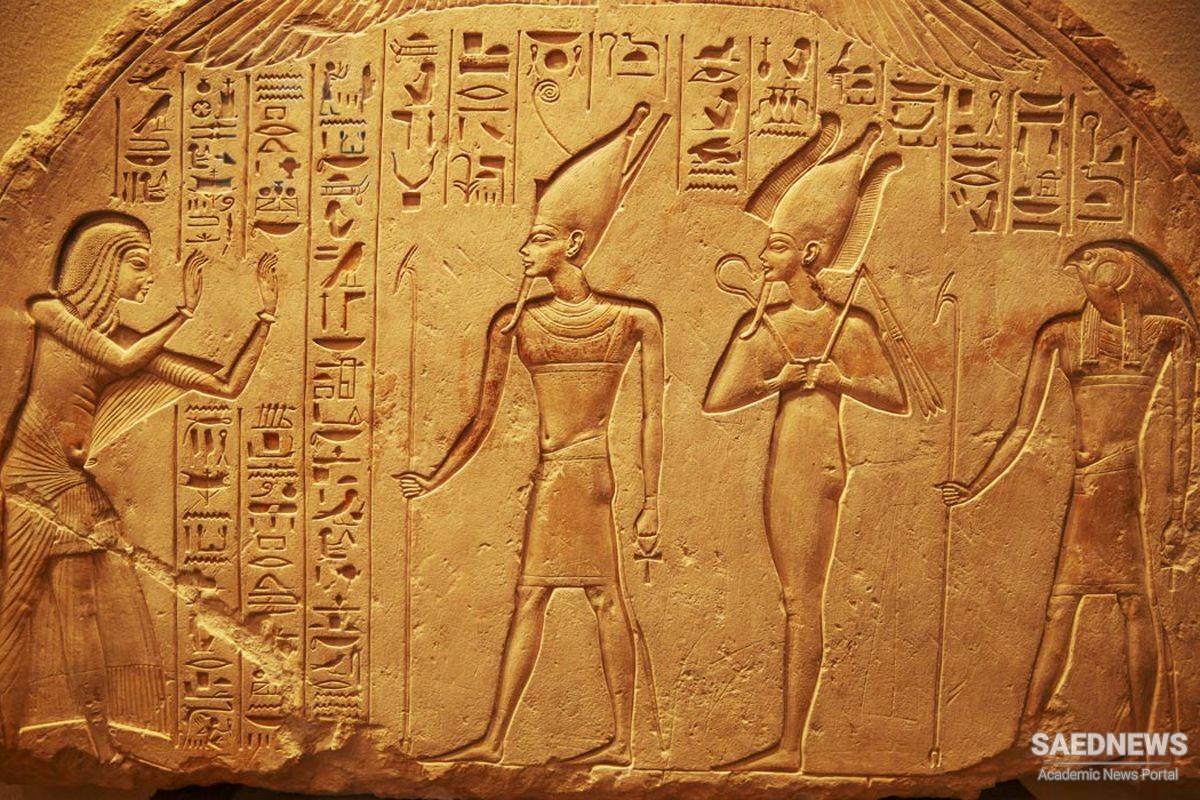They invented, instead, hieroglyphic writing. Instead of the device of arranging the same basic shape in different ways which had been evolved in Mesopotamia, they deliberately chose life-like little pictures or near-pictures. It was much more decorative than cuneiform, but also much harder to master. The first hieroglyphs appear before 3000 BC; the last example of which we know was written in AD 394. Nearly 4000 years is an impressively long life for a calligraphy. But the uninitiated could still not read it for another fourteen and a half centuries after its disappearance, until a French scholar deciphered the inscription on the ‘Rosetta stone’, brought back to France after its discovery by archaeologists accompanying Napoleon’s army in Egypt.
In the ancient world the ability to read hieroglyph was the key to the position of the priestly caste and, accordingly, a closely guarded professional secret. From pre-dynastic times it was used for historical record, and as early as the First Dynasty the invention of papyrus – strips of reed-pith laid criss-cross and pounded together into a homogeneous sheet – provided a convenient medium for its multiplication. This invention had much greater importance for the world than hieroglyph; cheaper than skin (from which parchment was made) and more convenient (though more perishable) than clay tablets or slates of stone, it was the most general basis of correspondence and record in the Middle East until well into the Christian era, when the invention of paper reached the Mediterranean world from the Far East (and even paper took its name from papyrus). Soon after the appearance of papyrus, writers began to paste sheets of it together into a long roll: thus the Egyptians invented the book, as well as the material on which it could first be written and a script which is an ancestor of our own. It may be our greatest debt to the Egyptians, for a huge proportion of what we know of antiquity comes to us directly or indirectly via papyrus.
Undoubtedly, the rumoured prowess of her religious and magical practitioners and the spectacular embodiment of a political achievement in art and architecture largely explain Egypt’s continuing prestige. Yet if her civilization is looked at comparatively, it seems neither very fertile nor very responsive. Technology is by no means an infallible test – nor one easy to interpret – but it suggests a people slow to adopt new skills, reluctant to innovate once a creative jump had been made. Stone architecture was the only major innovation for a long time after the coming of literacy. Though papyrus and the wheel were known under the First Dynasty, Egypt had been in contact with Mesopotamia for getting on for 2000 years before she adopted the well-sweep, by then long in use to irrigate land in the other river valley. Yet she invented the water-clock, whose basic mechanism was to undergo millennia of elaboration in later civilizations. Perhaps the weight of routine was insuperable, given the background of the unchanging reassurance provided by the Nile.


 The Coup: From Reza Khan to Reza Shah
The Coup: From Reza Khan to Reza Shah














































